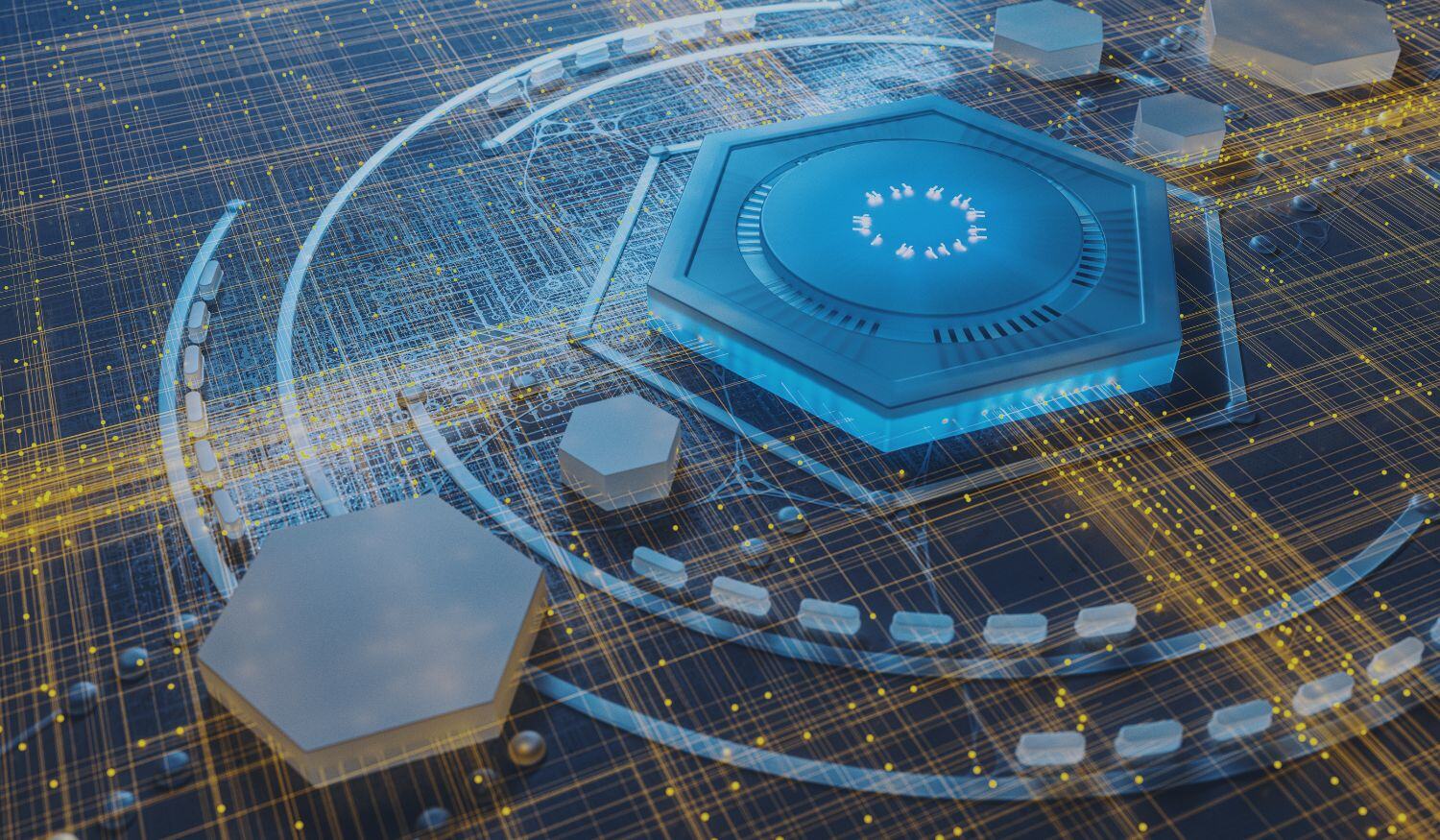AI in the SOC: From Buzzword to Business Value
Artificial intelligence has become one of the most talked-about topics in cybersecurity, often mentioned, frequently misunderstood, and unevenly applied. During a recent CISO Roundtable hosted by Cyber Security Tribe, security leaders gathered to move past the hype and discuss what AI in the SOC looks like today. The discussion focused on how organizations are approaching adoption, the challenges that come with implementation, and what “business value” really means in a world where AI tools are multiplying by the day.
The group’s consensus was clear: AI is no longer theoretical. It’s becoming a functional layer within modern SOCs, helping security teams address alert fatigue, accelerate investigations, and find patterns that humans would miss. But the road to value isn’t straightforward. Each CISO described different stages of maturity, levels of skepticism, and approaches to integrating AI safely into workflows.
Driving Operational Efficiency
The first wave of AI adoption in the SOC is largely focused on efficiency. Many organizations are using AI to automate routine processes, filter noise, and assist with triage. Several CISOs noted that by applying machine learning models to alert data, they’ve been able to reduce false positives and refocus analysts on higher-value tasks.
Others shared examples of AI-enhanced threat detection tools that help connect seemingly unrelated indicators of compromise. In some environments, AI-powered automation has become a silent partner in daily operations, running enrichment steps, recommending next actions, and shortening incident response timeframes.
Still, while these gains are meaningful, the participants acknowledged that AI is not a silver bullet. The technology often requires significant tuning and validation, and organizations need strong data pipelines and governance frameworks to ensure the outputs are reliable.
Balancing Efficiency with Risk
For many CISOs, enthusiasm for AI is tempered by a healthy dose of caution. The discussion turned to risk management, with several participants emphasizing that AI introduces new challenges around data privacy, model bias, and explainability.
The question of trust surfaced repeatedly. Security teams must be able to defend every decision, and AI models that operate as black boxes make that difficult. CISOs agreed that transparency, knowing why a model made a recommendation, is essential before relying on it in production.
One theme that resonated strongly was that AI tools must be treated like any other critical technology: evaluated, tested, and governed. AI may accelerate detection, but it can also accelerate mistakes. If a system misclassifies or misses an event, the consequences can ripple quickly across an organization.
Integrating AI into Existing Workflows
Rather than overhauling the SOC, many organizations are embedding AI gradually, augmenting human analysts instead of replacing them. The roundtable participants emphasized the importance of context, understanding where AI genuinely adds value versus where human judgment remains irreplaceable.
For example, AI can summarize large data sets or highlight anomalies, but human analysts still interpret intent, assess business impact, and communicate risk to executives. Several CISOs described blending AI outputs into analyst dashboards and ticketing systems, ensuring automation happens around humans, not instead of them.
This hybrid approach reflects a broader shift in mindset: moving from automation for efficiency’s sake to AI as a decision-support system. The SOC of the future, as discussed, is one where machines do the heavy lifting and humans provide insight and accountability.
Skills, Culture, and Change Management
Technology is only half the battle. Another major point of discussion was culture and skills. Deploying AI requires teams that understand both cybersecurity and data science, an intersection that remains rare. CISOs discussed the need to upskill existing staff, particularly in areas like prompt engineering, data labeling, and interpreting model outputs.
Change management also plays a critical role. Some analysts worry that AI might automate them out of a job, while others are skeptical of its reliability. The roundtable emphasized transparency, communication, and training to ensure adoption doesn’t breed resistance. When analysts understand how AI helps them rather than replaces them, adoption accelerates naturally.
Governance and Policy Implications
Beyond the technical challenges, AI raises governance questions that every organization must answer: Who owns the AI outputs? How are they audited? What happens when an AI tool makes a decision that conflicts with human judgment?
CISOs discussed implementing clear internal frameworks for responsible AI use, establishing data handling policies, usage boundaries, and oversight committees. The group also touched on emerging regulatory pressure, noting that future compliance standards will likely demand explainability, documentation, and continuous monitoring of AI systems.
There was general agreement that proactive governance will become a competitive advantage. Organizations that can prove their AI is ethical, transparent, and effective will not only mitigate risk but also build trust with customers and regulators alike.
Measuring Success and Demonstrating Value
For AI in the SOC to move beyond proof of concept, CISOs must measure impact. Participants shared that success metrics go beyond reduced dwell time or faster ticket closure. True business value comes when AI enables smarter decision-making, frees up skilled analysts for higher-order work, and provides executives with clearer risk insights.
One participant summarized this perspective succinctly: the goal isn’t just a faster SOC, it’s a smarter one. AI should elevate security maturity, not just speed.
Looking Ahead
By the end of the discussion, one message was clear: AI in cybersecurity has entered its next chapter. The technology is no longer confined to vendor promises or experimental pilots, it’s becoming a practical, if imperfect, ally in the ongoing battle against digital threats.
Yet the group also agreed that success depends as much on people and process as on technology. The future SOC will be defined not by how much AI it uses, but by how well it integrates human intelligence with artificial intelligence, balancing automation with accountability, speed with oversight, and innovation with trust.
As organizations continue this evolution, CISOs remain at the center of the conversation, guiding adoption in ways that strengthen both security operations and business resilience. The journey from buzzword to business value is well underway and it’s reshaping the DNA of the modern SOC.
Share this
You May Also Like
These Related Stories

GenAI in Cyber - Automated Phishing, Detecting Anomalies and Awareness Training

The Non-Human Identity Problem: Understanding and Addressing the Biggest Blindspot of 2025


